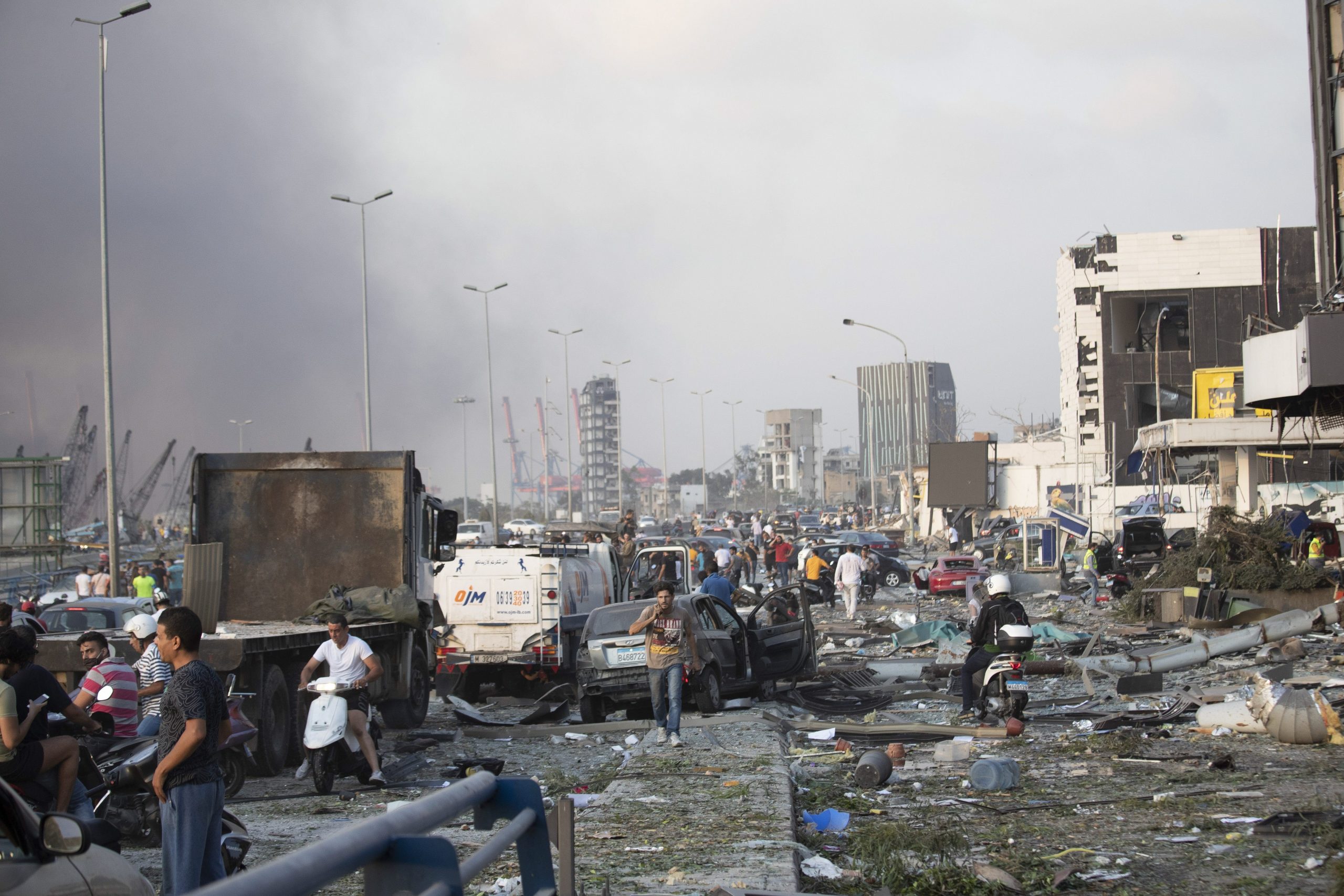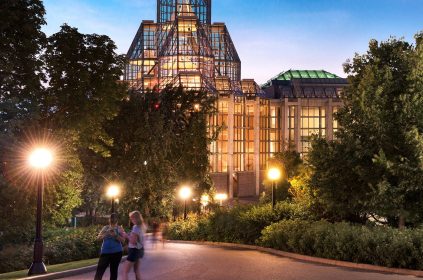In The News is a roundup of stories from The Canadian Press designed to kickstart your day. Here is what’s on the radar of our editors for the morning of Aug. 5.
What we are watching in Canada …
Nearly half of Canadians would support an election being called if the federal watchdog finds Prime Minister Justin Trudeau to have violated the Conflict of Interest Act again over the WE charity affair, a new poll suggests.
The survey by Leger and the Association for Canadian Studies also suggests the WE controversy has taken a bite out of Trudeau’s popularity, as well as that of the federal Liberal party, putting the Conservatives within striking distance of victory.
“To me these are numbers that will certainly worry or concern the Liberals at this moment because even though it’s in the summer, this is raising a lot of eyebrows,” said Leger executive vice-president Christian Bourque.
The online poll of 1,531 adult Canadians took place July 31 to Aug. 2, in the days following Trudeau’s appearance before a parliamentary committee to answer questions about the deal with WE. It cannot be assigned a margin of error because internet-based polls are not considered truly random.
The survey results come as federal ethics commissioner Mario Dion is investigating both Trudeau and Finance Minister Bill Morneau over whether they broke conflict-of-interest rules in relation to the government’s decision to give the WE organization a sole-sourced contract to run a $912-million student-volunteer program.
Trudeau was previously found to have broken the Conflict of Interest Act for accepting two paid family vacations from the Aga Khan and for improperly pressuring Jody Wilson-Raybould, who was then attorney general, to halt the criminal prosecution of Montreal engineering giant SNC-Lavalin.
—
Also this …
A Canadian company is telling the government today that its trials of a potential COVID-19 vaccine on animals completely blocked the virus, but it must conduct human trials to know whether it has found a possible cure for the pandemic.
And a leading health-care expert says the findings are promising even though they haven’t been peer-reviewed.
Providence Therapeutics says it needs federal funding to move forward, but it has not heard back from the Trudeau government since May, the month after submitting a $35-million proposal to conduct first-stage human trials.
Providence has told the government it could deliver five million doses of its new vaccine by mid-2021 for use in Canada if it were able to successfully complete human testing, but it has heard nothing.
Eric Marcusson, the San Francisco-based co-founder of Providence and its chief science officer, says the company has concluded testing on mice that showed its vaccine was able to block the entry of the novel coronavirus into their cells.
Successful tests in animals can provide proof of the concept behind a potential new medicine or vaccine before trials in ever-larger groups of human subjects determine how well the drug works in the body and whether it has harmful side-effects.
Trials in humans are expensive and usually time-consuming.
—
ICYMI (in case you missed it) …
The deep valleys scarred into the surface of Mars under thick sheets of ice show that the planet once mirrored the Canadian High Arctic, says a new study.
Published Monday in the journal Nature Geoscience, the study says many of the valley networks carved into the surface of Mars were formed by water melting beneath glacial ice. It means there were fewer free-flowing rivers than previously thought.
Study author Anna Grau Galofre, a former University of British Columbia PhD student in the department of Earth, ocean and atmospheric sciences, said about 3.5 billion years ago the Martian surface looked like the surface of Canada 20,000 years ago.
“We’re talking about a planet that’s painted like a brother of Earth,” she said.
Grau Galofre and her team compared surface data of Mars with that of Devon Island in the Canadian Arctic.
The study describes Devon Island as a cold, dry, polar desert, where the glaciers and their retreat imitate what took place on Mars billions of years ago.
“Imagine ice sheets that are kilometres thick, really, really thick,” she said.
“If you were to just lift the ice sheet and see below, you would see a landscape. And this landscape is constituted of several different channels, expanded pathways like the plumbing of the ice.”
—
What we are watching in the U.S. …
At least five people were killed as Tropical Storm Isaias spawned tornadoes and dumped rain Tuesday along the U.S. East Coast after making landfall as a hurricane in North Carolina, where it caused floods and fires that displaced dozens of people.
Two people died when Isaias spun off a tornado that struck a North Carolina mobile home park. Another person died in Pennsylvania when their vehicle was overtaken by water and swept downstream. Two others were killed by falling trees toppled by the storm in Maryland and New York City, authorities said.
Isaias sustained top winds of up to 65 mph (105 kph) more than 18 hours after coming ashore, but it was down to 50 mph max winds as of 8 p.m. EDT Tuesday, according to the National Hurricane Center. The storm’s centre was passing through the middle of Vermont, moving north-northeast at about 40 mph (65 kph).
As Isaias sped northward, flooding threats followed. The Schuylkill River in Philadelphia was projected to crest early Wednesday at 15.4 feet (4.7 metres), its highest level in more than 150 years. By Tuesday night, the river had already topped its banks in low-lying Manayunk, turning bar-lined Main Street into a coffee-colored canal.
Aerial video by WRAL-TV showed fields of debris where rescue workers in brightly colored shirts picked through splintered boards and other wreckage of the Windsor, North Carolina, mobile home park where two people were killed. Emergency responders searching the area Tuesday afternoon found no other casualties, and several people initially feared missing had all been accounted for, said Ron Wesson, chairman of the Bertie County Board of Commissioners. He said about 12 people were hospitalized.
—
What we are watching in the rest of the world …
A massive explosion rocked Beirut on Tuesday, flattening much of the city’s port, damaging buildings across the capital and sending a giant mushroom cloud into the sky. More than 70 people were killed and 3,000 injured, with bodies buried in the rubble, officials said.
It was not clear what caused the blast, which struck with the force of a 3.5 magnitude earthquake, according to Germany’s geosciences centre GFZ, and was heard and felt as far away as Cyprus more than 200 kilometres (180 miles) across the Mediterranean. Lebanon’s interior minister said it appeared that a large cache of ammonium nitrate in the port had detonated.
The sudden devastation overwhelmed a country already struggling with both the coronavirus pandemic and a severe economic and financial crisis.
For hours after the explosion, the most destructive in all of Lebanon’s troubled history, ambulances rushed in from around the country to carry away the wounded. Hospitals quickly filled beyond capacity, pleading for blood supplies, and generators to keep their lights on.
For blocks around the port, bloodied residents staggered through streets lined with overturned cars and littered with rubble from shattered buildings. Windows and doors were blown out kilometres (miles) away, including at the city’s only international airport. Army helicopters helped battle fires raging at the port.
Interior Minister Mohammed Fahmi told a local TV station that it appeared the blast was caused by the detonation of more than 2,700 tons of ammonium nitrate that had been stored in a warehouse at the dock ever since it was confiscated from a cargo ship in 2014. Witnesses reported seeing an orange cloud like that which appears when toxic nitrogen dioxide gas is released after an explosion involving nitrates.
Videos showed what appeared to be a fire erupting nearby just before, and local TV stations reported that a fireworks warehouse was involved. The fire appeared to spread to a nearby building, triggering the more massive explosion, sending up a mushroom cloud and generating a shock wave.
—
Also this…
Philippe Tawileh was with his wife and children watching television after dinner when they heard a blast and felt the house shake.
The family of five who live in Byblos (Jbeil), about 40 kilometres north of Beirut in Lebanon, rushed to look out the window but couldn’t see anything, Tawileh said in a WhatsApp interview Tuesday night.
“We felt like an earthquake and we heard the blast. It was very loud, big, huge.”
That’s when he turned on the news while simultaneously scrolling through his social media to find out what was happening.
Tawileh’s 22-month-old son, Alexandre, was born in Montreal and is a Canadian citizen. His two other children are nine-year-old Andrew and eight-year-old Adriana.
His wife, Rawane Dagher, who is a pediatrician, recently accepted a job at a hospital in Montreal. They are waiting for their documents to immigrate, which have been delayed by the pandemic, he said. His parents and brother live in Quebec.
—
This report by The Canadian Press was first published on August 5, 2020.
The Canadian Press














